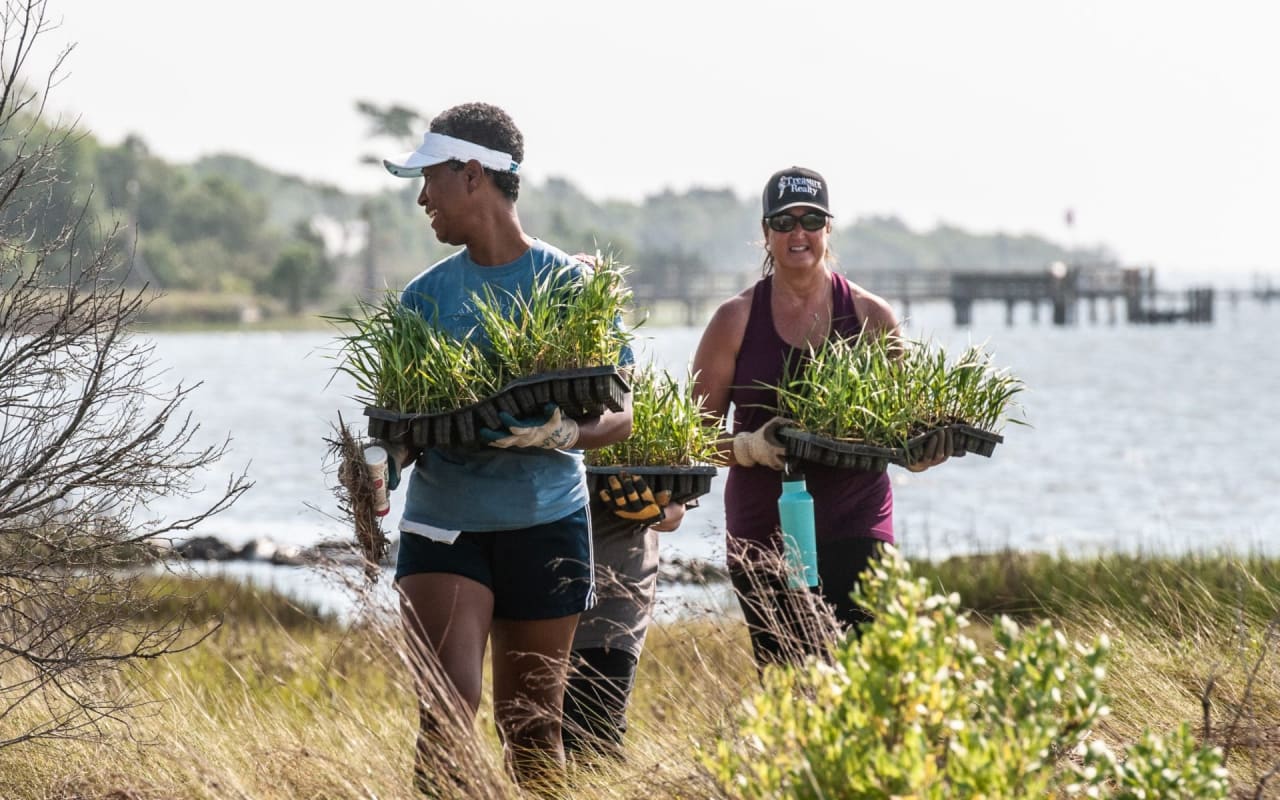
TOPSAIL ISLAND ADDS LIVING SHORELINES PROTECTING YOUR REAL ESTATE INVESTMENT FROM EROSION
October 13, 2022

October 13, 2022
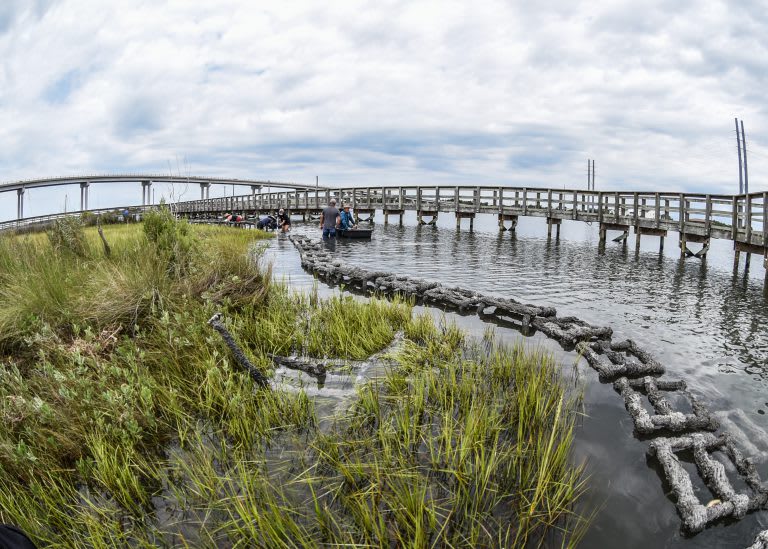
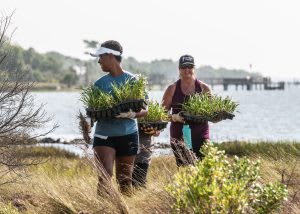
“We are very grateful for the opportunity to be proactive in creating island-wide readiness and resiliency projects and address some long-standing issues of flooding and shoreline erosion”Mike Rose, Town Manager of Topsail Beach
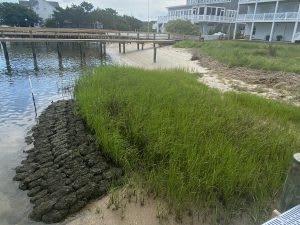
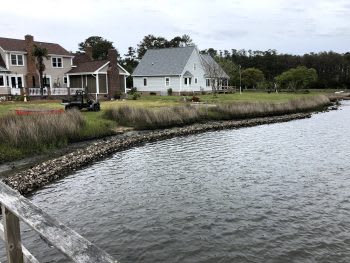
Stay up to date on the latest real estate trends.

Embracing Coastal Bliss: Your Ultimate Guide to Activities and Living in Surf City.

Embracing the Coastal Dream: The Comprehensive Guide to Life on Topsail Island.

Embracing Coastal Living with Exciting Escapes: Day Trip Destinations for Topsail Island Residents.
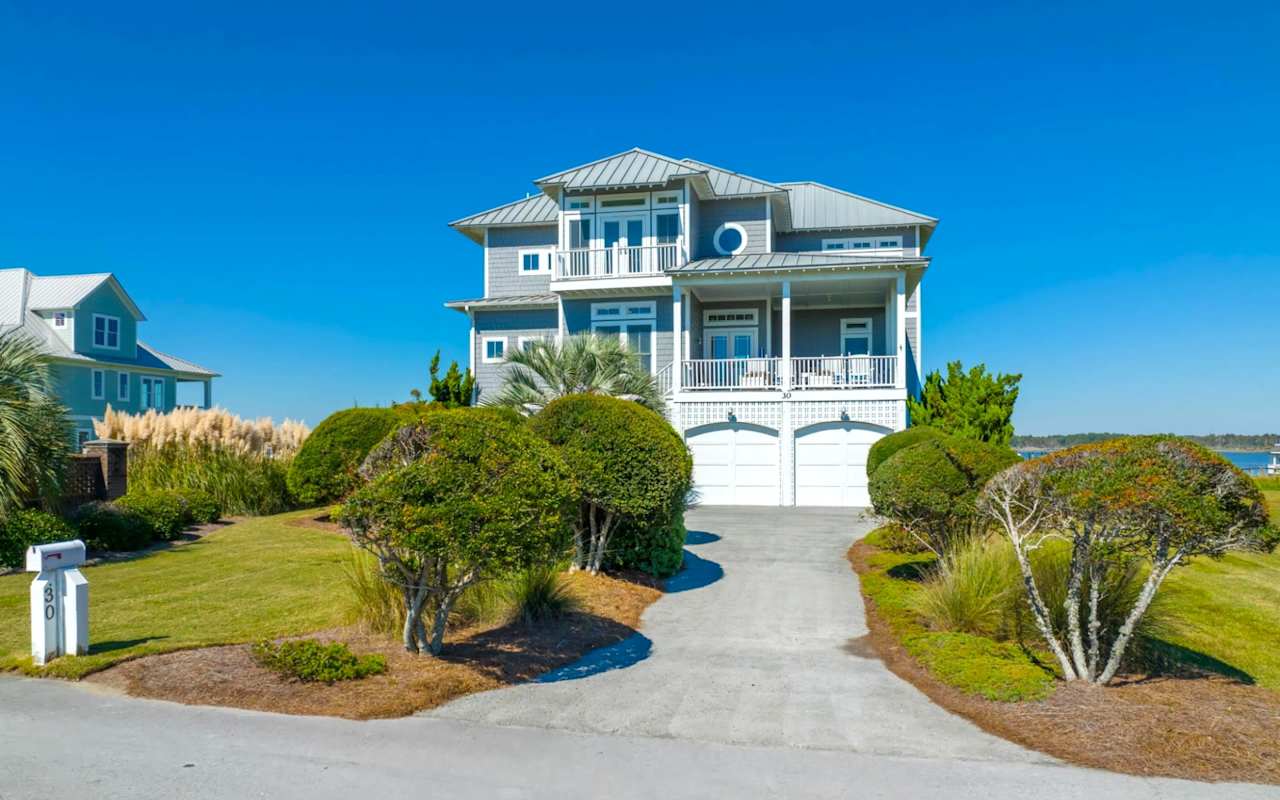
Unveiling the Idyllic Communities of Topsail Island: A Homebuyer's Paradise.

Exploring the Natural Havens of Topsail Island: A Journey Through Its Parks and Recreational Spaces.
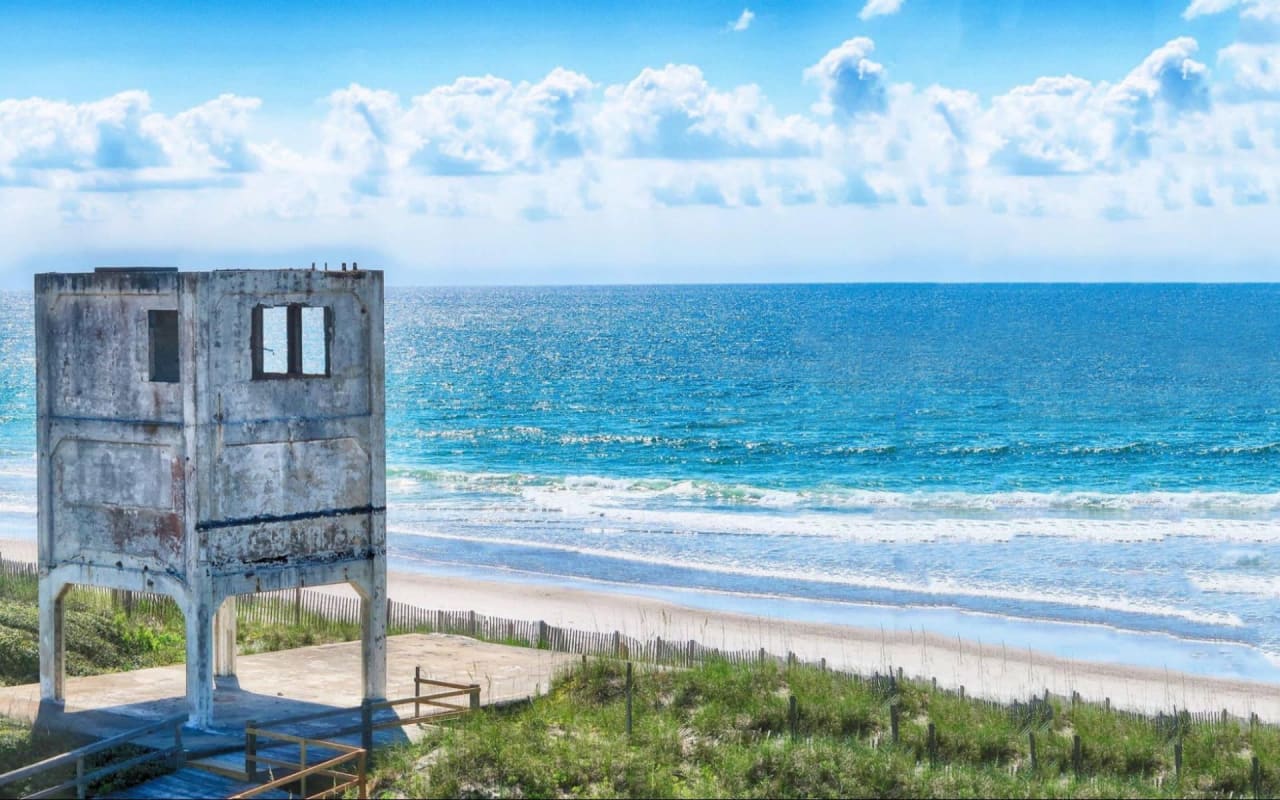
Discovering Topsail Island: Where Architectural Wonders Meet Coastal Splendor.

A Culinary Journey Through Surf City, North Carolina.

Elevate Your Living Spaces with these Cutting-Edge Home Improvement Trends.

The Essentials for a Seamless Transition to Paradise.
The Better Homes and Gardens Real Estate Treasure team is a group of trusted local experts who know the area intimately and who help their clients find just the right place for a second home, investment property, or year round residence. Using our vast knowledge of the rules and regulations of living along the coast, we work diligently to educate our buyers and sellers to ensure they have the smoothest transaction possible. Other services include commercial real estate and long term rental property management. Contact us today!